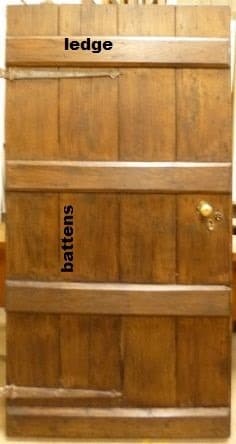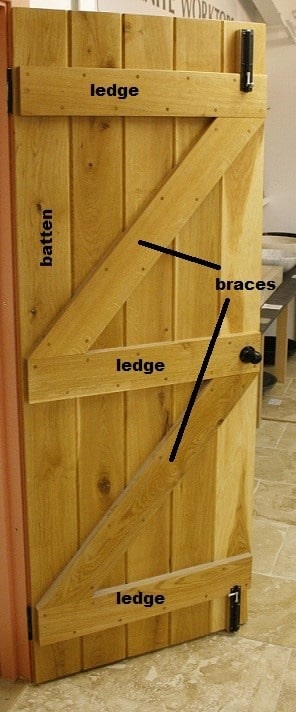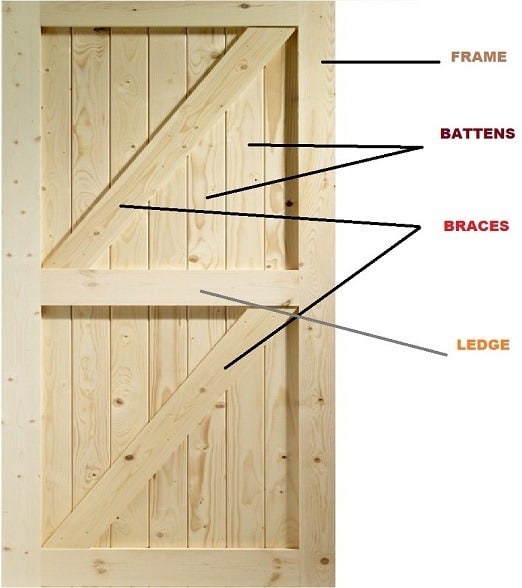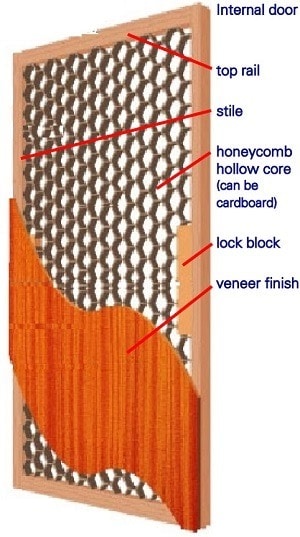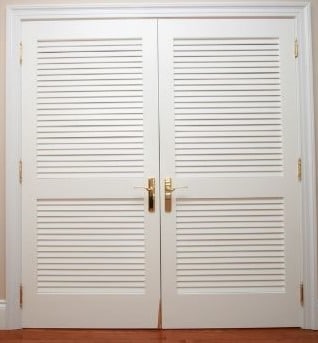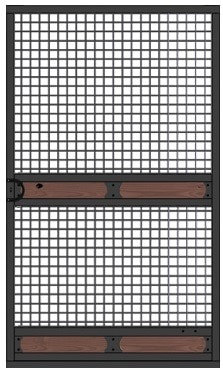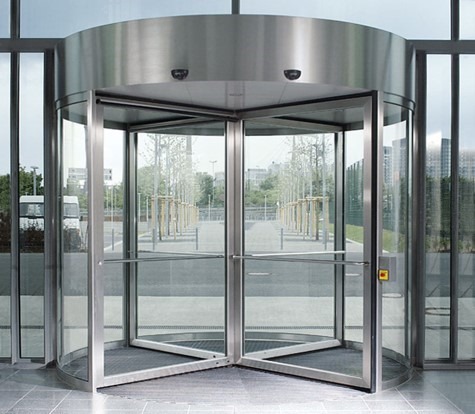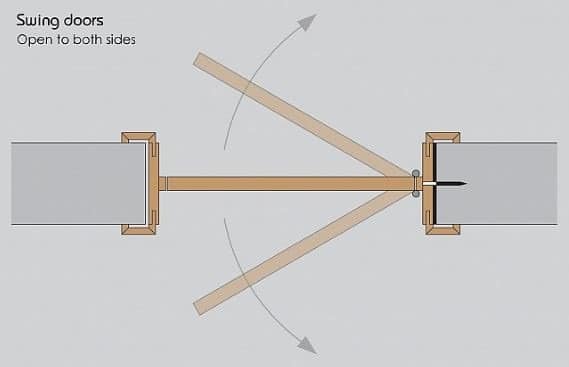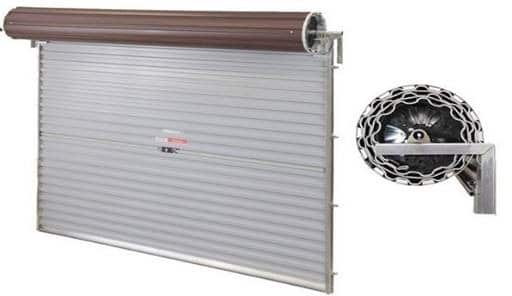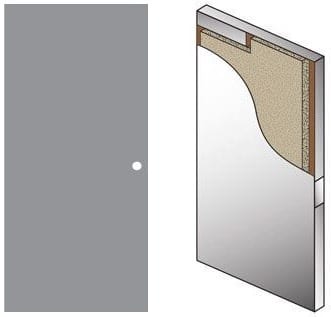Types of Glass and its Engineering Properties for Use in Construction
There are various types of glass used in construction for different purposes. Engineering properties and uses of these glass is discussed in this article.
Glass is a hard substance which may be transparent or translucent and brittle in nature. It is manufactured by fusion process. In this process sand is fused with lime, soda and some other admixtures and then cooled rapidly. Glass is used in construction purpose and architectural purpose in engineering.
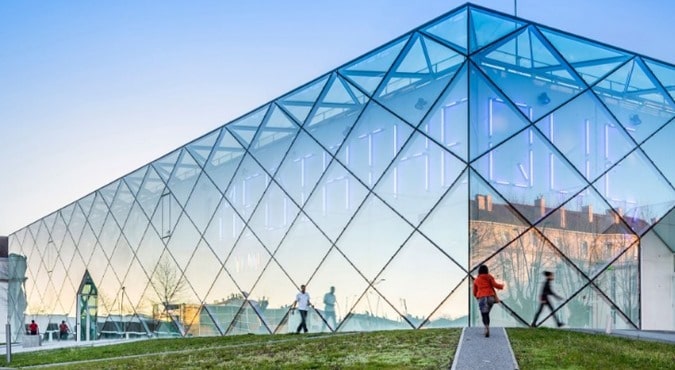
Engineering Properties of Glass
- Transparency
- Strength
- Workability
- Transmittance
- U value
- Recycle property
Transparency of Glass
Transparency is the main property of glass which allows the vision of outside world through it. The transparency of glass can be from both sides or from one side only. In one side transparency, glass behaves like mirror from the other side.
Strength of Glass
Strength of glass depends on modulus of rupture value of glass. In general glass is a brittle material but by adding admixtures and laminates we can make it as more strong.
Workability of Glass
A glass can be molded into any shape or it can be blown during melting. So, workability of glass is superior property of glass.
Transmittance
The visible fraction of light that passing through glass is the property of visible transmittance.
U value of Glass
U value represents the amount of heat transferred through glass. If a glass is said to be insulated unit then it should have lower u value.
Recycle Property of Glass
Any glass can be 100% recyclable. It can also be used as raw material in construction industry.
Types of Glass and their Uses in Construction Works
The types of glass used in construction are:
- Float glass
- Shatterproof glass
- Laminated glass
- Extra clean glass
- Chromatic glass
- Tinted glass
- Toughened glass
- Glass blocks
- Glass wool
- Insulated glazed units
Float Glass
Float glass is made of sodium silicate and calcium silicate so, it is also called as soda lime glass. It is clear and flat so, it causes glare. These glasses are available from 2mm to 20mm thickness ranges. They have a weight range of 6 to 36 kg/m2. These are used as shop fronts, public places etc.

Shatterproof Glass
Shatterproof glass is used for windows, skylights, floors etc. Some type of plastic polyvinyl butyral is added in its making process. So, it cannot form sharp edged pieces when it breaks.
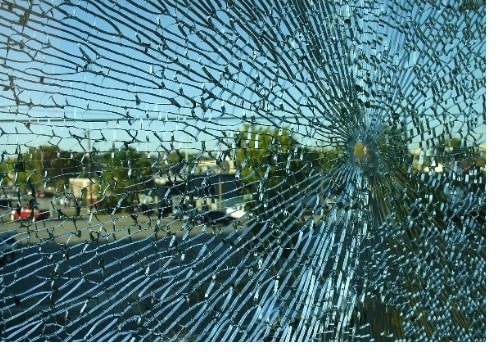
Laminated Glass
Laminated glass is the combination of layers of normal glass. So, it has more weight than normal glass. It has more thickness and is UV proof and soundproof. These are used for aquariums, bridges etc.
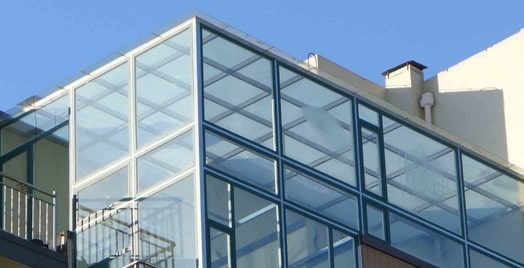
Extra Clean Glass
Extra clean glass has two special properties, photocatalytic and hydrophilic. Because of these properties, it acts as stain proof and gives beautiful appearance. Maintenance is also easy.

Chromatic Glass
Chromatic glass is used in ICU’s, meeting rooms etc. it can control the transparent efficiency of glass and protects the interior from daylight. The chromatic glass may be photochromic which has light sensitive lamination, thermos-chromatic which has heat sensitive lamination and electrochromic which has electric lamination over it.
 
Tinted Glass
Tinted glass is nothing but colored glass. A color producing ingredients is mixed to the normal glass mix to produce colored glass which does not affect other properties of glass. Different color producing ingredients are tabulated below
| Coloring ion | Color |
| Iron oxide | Green |
| Sulphur | Blue |
| Manganese dioxide | Black |
| Cobalt | Blue |
| Chromium | Dark green |
| Titanium | Yellowish brown |
| Uranium | yellow |
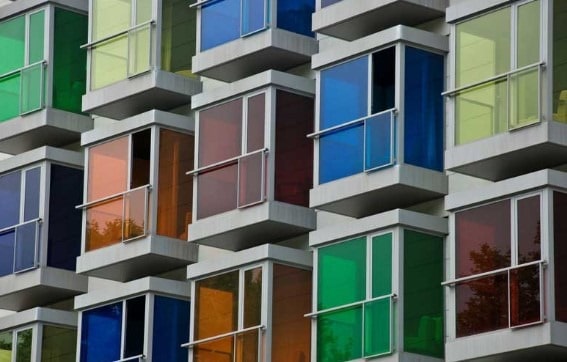
Toughened Glass
Toughened glass is strong glass which has low visibility. It is available in all thicknesses and when it is broken it forms small granular chunks which are dangerous. This is also called as tempered glass. This type of glass is used for fire resistant doors, mobile screen protectors etc.
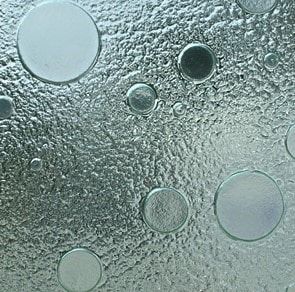
Glass Blocks
Glass block or glass bricks are manufactured from two different halves and they are pressed and annealed together while melting process of glass. These are used as architectural purpose in the construction of walls, skylights etc. They provide aesthetic appearance when light is passed through it.

Glass Wool
Glass wool is made of fibers of glass and acts as good insulating filler. It is fire resistant glass.

Insulated Glazed Units
Insulated glazed glass units contains a glass is separated into two or three layers by air or vacuum. They cannot allow heat through it because of air between the layers and acts as good insulators. These are also called as double glazed units.
